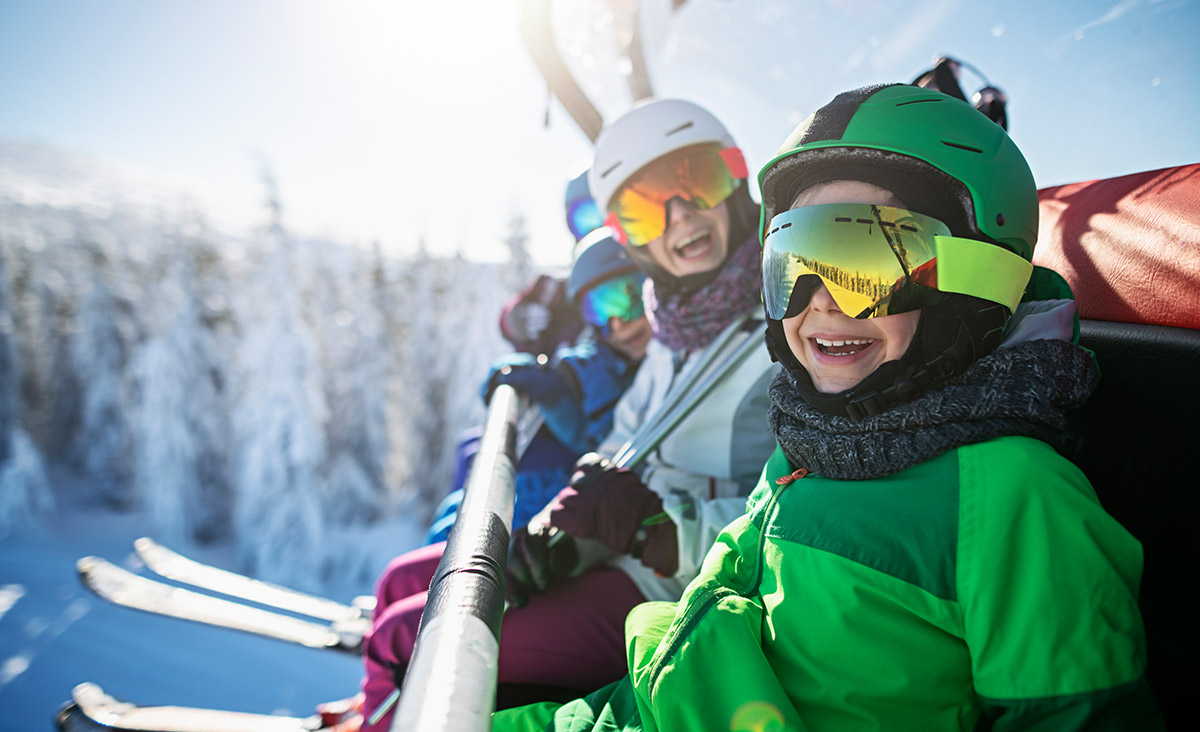Winter UV Eye Safety
Posted on
If you’re hitting the slopes this winter, don’t forget about proper UV protection. You probably wear eye protection and sunscreen during the summer, but have you thought about during the winter? It’s just as important in the winter months. Increased sun exposure increases your risk for:
- Cataracts
- Photokeratitis (including snow blindness)
- Growths on the eye
What exactly is snow blindness? It’s a form of photokeratitis, which is a temporary painful eye condition caused by exposure to ultraviolet rays. The difference in snow blindness is that the UV rays are reflected off of snow and ice. The risk of exposure is higher due to the high elevation as well as cold, dry, and windy weather conditions. Symptoms of snow blindness include:
- Eye pain
- Blurring eyes
- Red eyes
- Blurry vision
- Headaches
- Swollen eyes
- And more
Preventing snow blindness is easy. Wear goggles or glasses that block out 100 percent of the sun’s UV rays. If you’re going to be outside for an extended period of time, wear glasses or goggles that have side shields to protect your eyes from indirect exposure.
The symptoms of snow blindness will typically resolve itself in a day or two, but here are some tips to help ease the symptoms:
- Remove contacts if you wear them and refrain from wearing them until your eyes return to normal
- Stay indoors
- Wear sunglasses
- Keep eyes well moistened
- Do not rub your eyes
If these symptoms last longer than a day or two, or worsen after 24 hours, see your eye doctor.
To learn more about snow blindness, click https://www.aao.org/eye-health/tips-prevention/winter-sun-eye-safety
